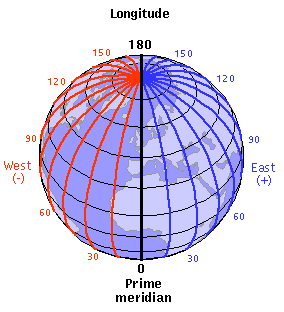El agua.
El agua modifica el relieve de varias maneras:
- El agua de lluvia forma ríos, que desgastan las montañas; abren barrancos y valles, arrancando piedras y transportándolas; y finalmente deposita estos materiales, formando llanuras y deltas.

- La nieve de las montañas, forma glaciares que desplazan las piedras, abriendo valles glaciares.

- El hielo. El agua de la lluvia se mete en las grietas de la rocas y al helarse, aumenta su volumen, rompiendo las rocas.

- Disolución química. El agua reacciona con algunos compuestos de las rocas, provocando su disolución. Como consecuencia aparecen cuevas y ríos subterráneos (aquíferos).
- El agua marina. Las mareas, las olas y corrientes, desgastan las rocas, al mismo tiempo que acumulan arena y piedras en las playas,

Desgasta las rocas y transporta pequeñas partículas que contribuyen a erosionarlas al impactar con ellas. Su fuerza erosiva depende de: la sequedad y la ausencia de la vegetación.

La vegetación.
Las raíces de los arboles penetran en el terreno, abriendo grietas en las rocas y erosionándolas.
Al mismo tiempo, la vegetación fija el suelo, impidiendo que sea arrastrado por el viento o el agua.
El Ser Humano.
El hombre ha transformado y transforma el relieve, con mayor intensidad en el último siglo, debido a los avances tecnológicos, de dos formas principalmente:

La vegetación.
Las raíces de los arboles penetran en el terreno, abriendo grietas en las rocas y erosionándolas.
Al mismo tiempo, la vegetación fija el suelo, impidiendo que sea arrastrado por el viento o el agua.
El Ser Humano.
El hombre ha transformado y transforma el relieve, con mayor intensidad en el último siglo, debido a los avances tecnológicos, de dos formas principalmente:
- La construcción de infraestructuras.
- La explotación de recursos mineros.








































